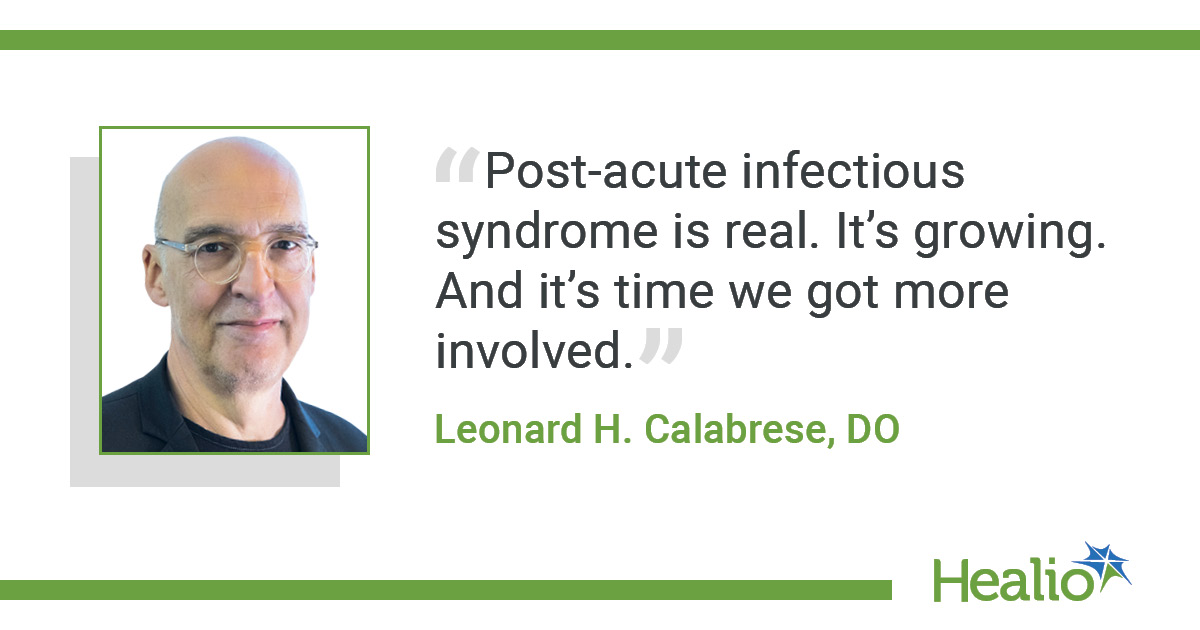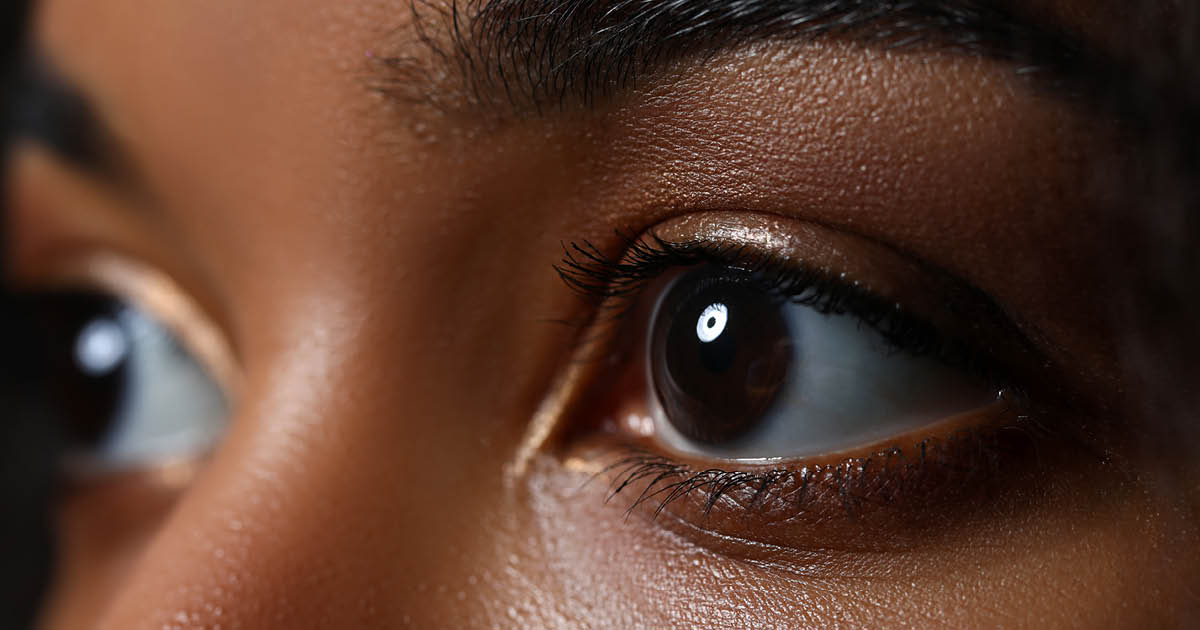August 25, 2025
4 min read
In last month’s editorial — “Infection-associated chronic conditions: Why aren’t we talking about these disorders?” — I tried to stir the pot a bit.
My goal was to draw attention to something that received too little airtime in rheumatology — the growing group of post-infectious syndromes and chronic conditions triggered by acute infections. These include everything from post-viral fatigue of all sorts, including ME/CFS and long COVID, to post-treatment Lyme disease. They sit at the messy, fascinating intersection of infectious disease, immunology and chronic illness.

This month, I’m thrilled we’re not merely talking about this — we’re acting on it. Our Healio Exclusive, “Physicians grapple with lyme arthritis as the deer tick ‘continues to spread,’” dives into one of the most well-known, yet still poorly understood, post-infectious rheumatic conditions: Lyme arthritis.
We were incredibly fortunate to have Allen Steere, MD, who has spent the past 50 years defining and unraveling Lyme disease, leading the discussion, along with a stellar group of faculty. The conversation is timely, clinically important, and a great example of how our field can and should engage with evolving infectious challenges.
Let’s talk Lyme arthritis. For many of us, it was once considered a regional disease, limited to the Northeast and upper Midwest. I used to confidently tell my Ohio patients not to worry unless they had recently been hiking in Connecticut. That is no longer true in a big-time way. The geographic range of Borrelia burgdorferi-carrying deer ticks has expanded dramatically, and cases of Lyme disease are showing up in places that didn’t see them before. We have rapidly become an endemic region.
That means more patients walking into our offices with Lyme arthritis, a condition that is distinct from early Lyme disease and often quite dramatic. These are patients who have had the infection for months, sometimes longer, and now present with one or a few swollen joints — most often the knee — with synovial fluid that looks like it belongs to someone with rheumatoid arthritis. The difference? These patients usually don’t feel systemically sick, and the arthritis may persist despite antibiotic treatment. It is an entity all its own, and we need to stay sharp on how to recognize and manage it.
But the conversation shouldn’t stop with Lyme arthritis.
I want to use this space to bring attention to another, even more challenging consequence of Lyme disease — post-treatment Lyme disease syndrome (PTLDS). These are the patients who, after being appropriately treated for Lyme — often in the early stage — continue to experience ongoing symptoms that can last for months or longer. With symptoms that include fatigue, post-exertional malaise, widespread pain, cognitive fog and mood changes, it is a picture that closely resembles what we are now seeing with long COVID and thoroughly discussed last month in these pages (in the July 2025 Healio Exclusive, “‘Evidence-based and ethically sound’ definition of long COVID still ‘too sensitive’”). In fact, there is a good argument that PTLDS is one of the earliest-recognized post-acute infectious syndromes.
Estimates vary, but approximately 10% of Lyme patients may go on to develop PTLDS. The pathophysiology isn’t well understood. Some believe it is immune dysregulation or persistent inflammation, while others point to central sensitization or unrecognized co-infections. What’s clear is that these patients are suffering, often significantly, and many find themselves dismissed or bounced between specialties.
To make matters more complicated, there is a parallel group of patients who have been told they have “chronic Lyme disease” based on non-validated lab tests. These patients often undergo prolonged antibiotic treatments from so-called “Lyme-literate” practitioners, despite lack of evidence and recommendations from mainstream infectious disease societies. This situation creates confusion for patients and clinicians alike, and makes legitimate care for PTLDS even more difficult.
I’ve seen many such patients over the years and here is what I’ve learned: Even if the diagnostic history is murky, the symptoms are very real. These patients are not faking, malingering or imagining their illness. The suffering is real, and it is not their fault.
That is why the first thing I try to do is validate their experience without judgment. I let them know I believe them, that I know others like them, and that although we don’t have all the answers, I’m here to help them move forward.
Where do we go from here?
We need research — lots of it — on PTLDS and all post-acute infectious syndromes (PAIS), and I am not confident in knowing where this will fall in the new priority order of federally funded research. PTLDS is part of a broader family of conditions that includes long COVID and ME/CFS, often overlapping with features of fibromyalgia and nociplastic pain.
This is uncomfortable territory for many physicians. The lines are blurry. The biomarkers are lacking. However, this is where patients are, and it’s where rheumatology can step up.
As practitioners we have the right and privilege to pick those diseases we wish to focus on, and if you have the opportunity and occasion to see patients with PAIS, I believe you will be well equipped to engage them. As rheumatologists, we know how to listen and we understand the power of validation in the absence of certainty.
This Healio Exclusive on Lyme arthritis is just one step, but I hope it sparks more conversation, education and action across our field. PAIS is real. It’s growing. And it’s time we got more involved.
That is my perspective — what’s yours? Please share your thoughts with me at calabrl@ccf.org or at rheumatology@healio.com.
- Reference:
- Prat S, et al. BMC Infect Dis. 2023;doi:10.1186/s12879-023-08618-w.
- For more information:
- Leonard H. Calabrese, DO, is the Chief Medical Editor, Healio Rheumatology, and Professor of Medicine, Cleveland Clinic Lerner College of Medicine of Case Western Reserve University, and RJ Fasenmyer Chair of Clinical Immunology at the Cleveland Clinic.










